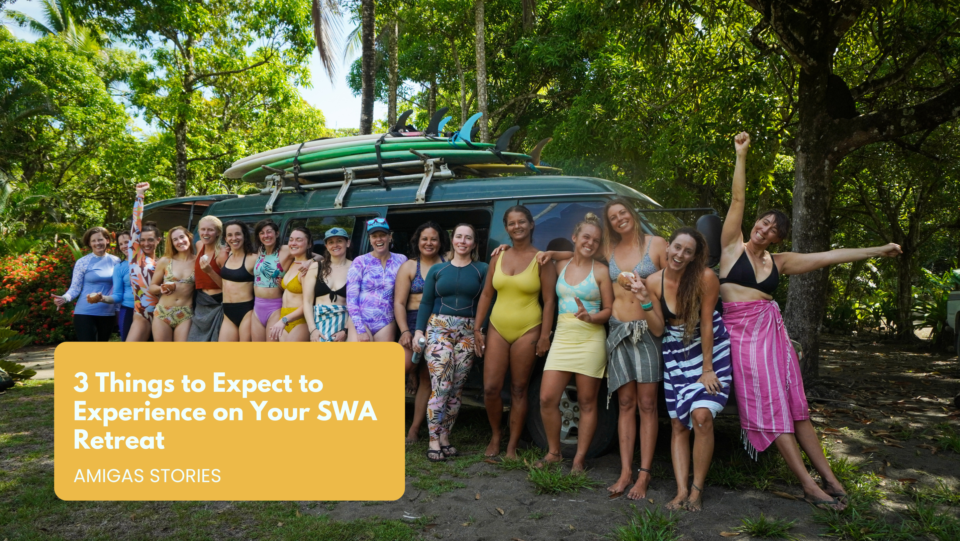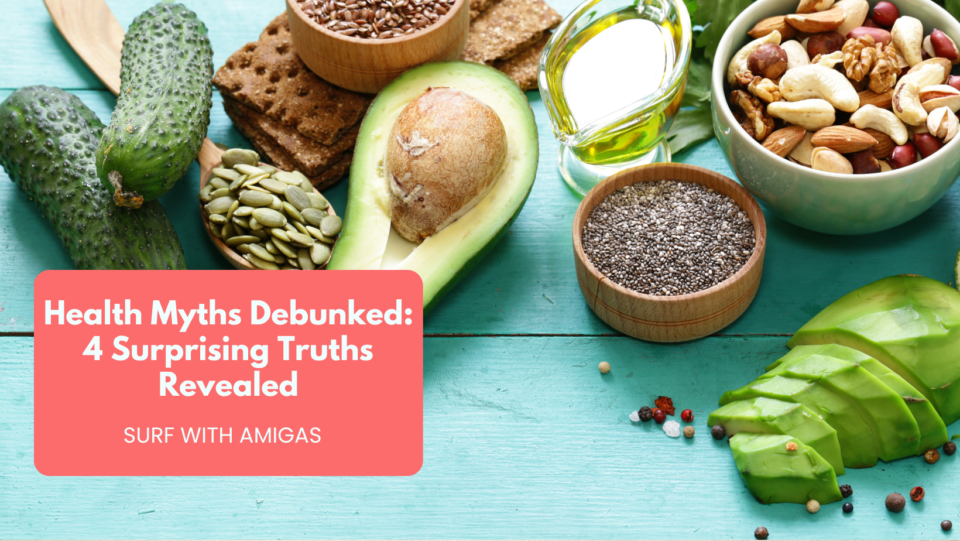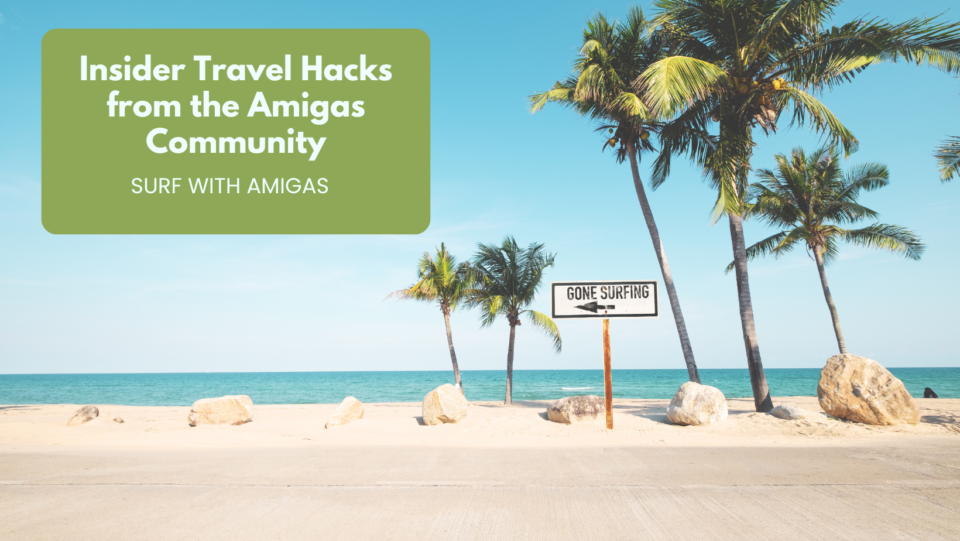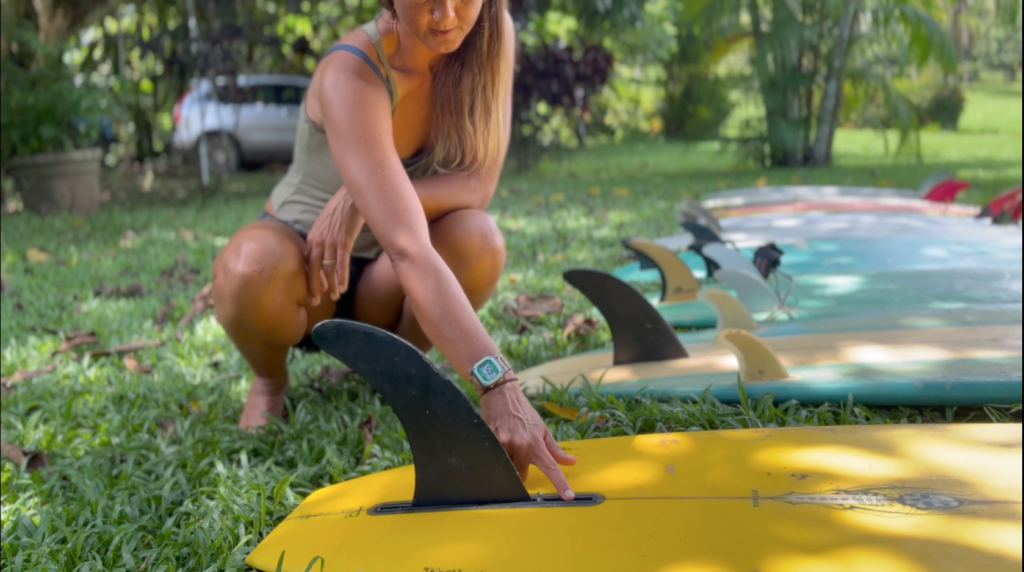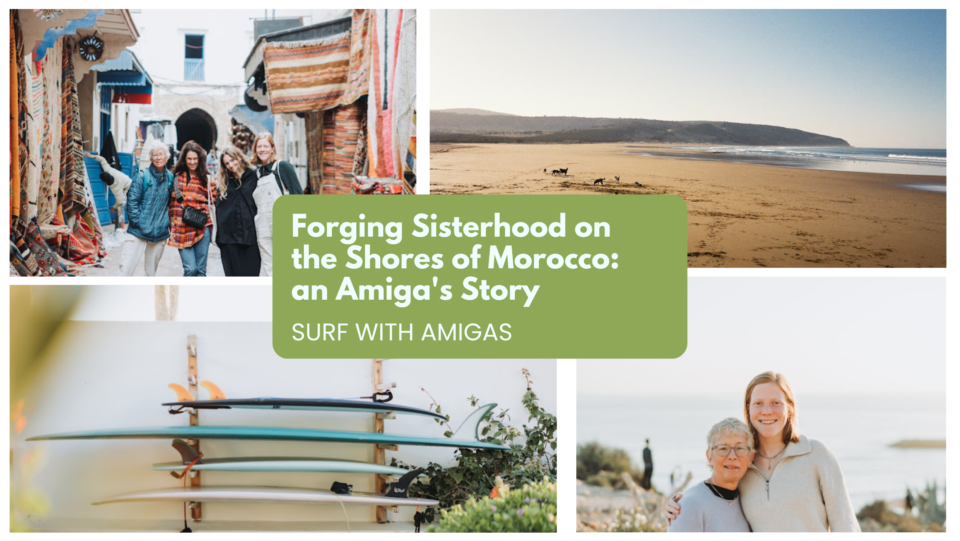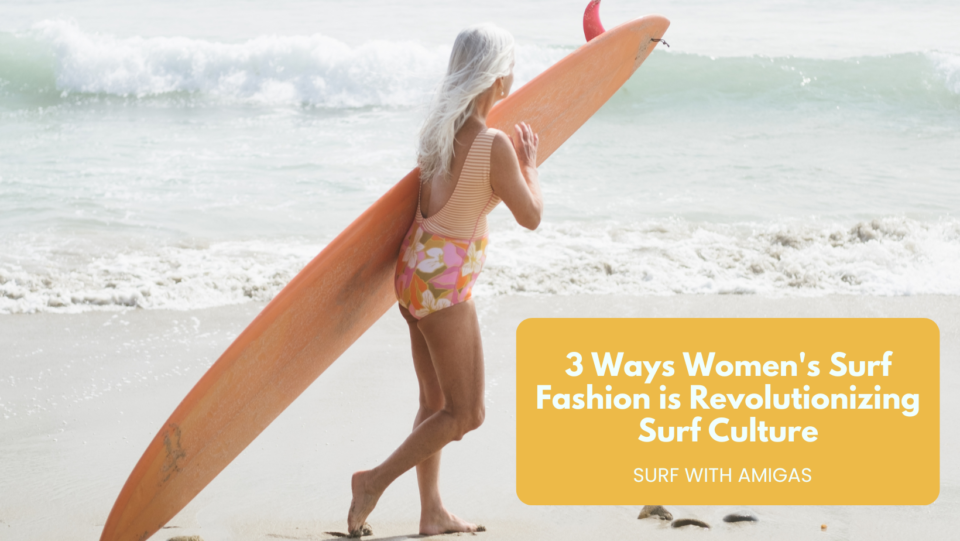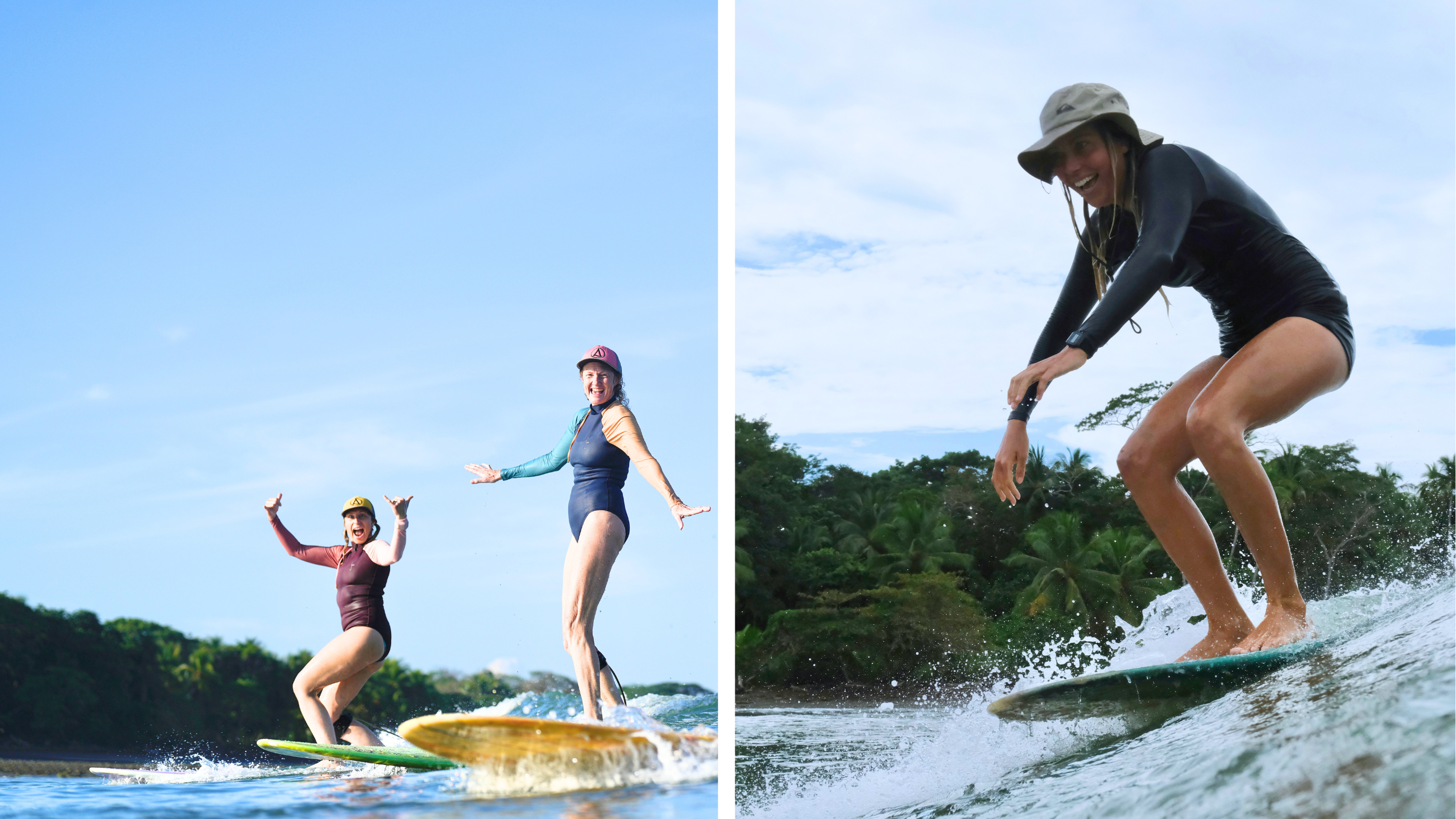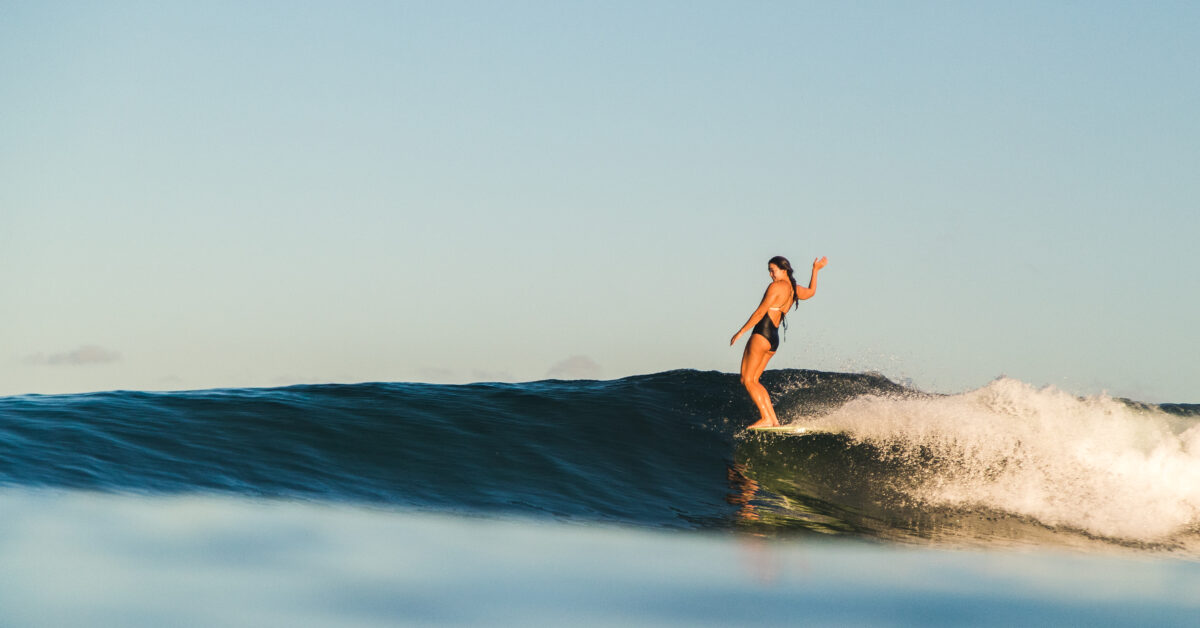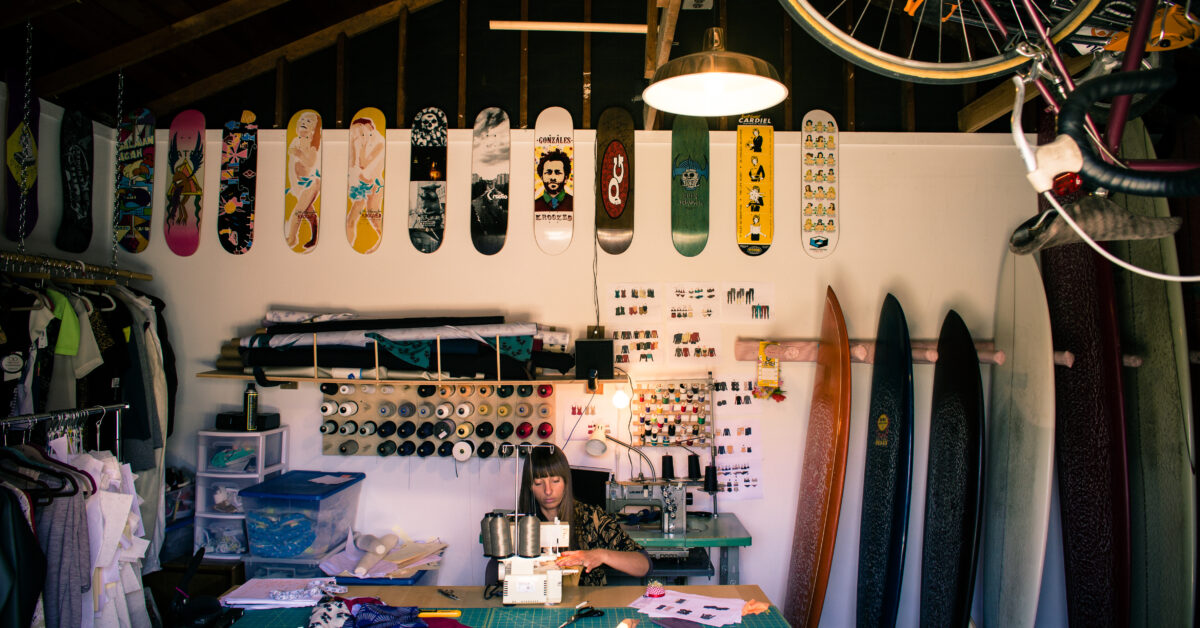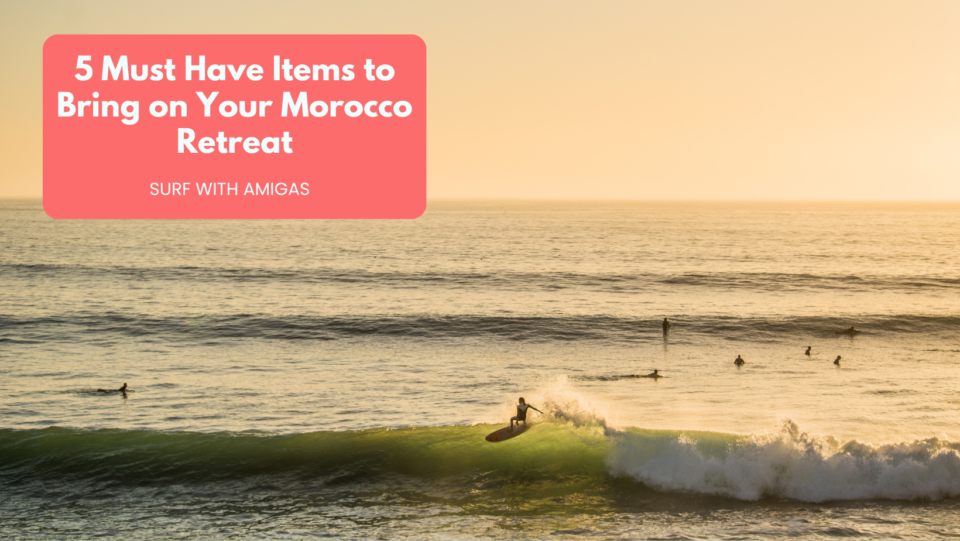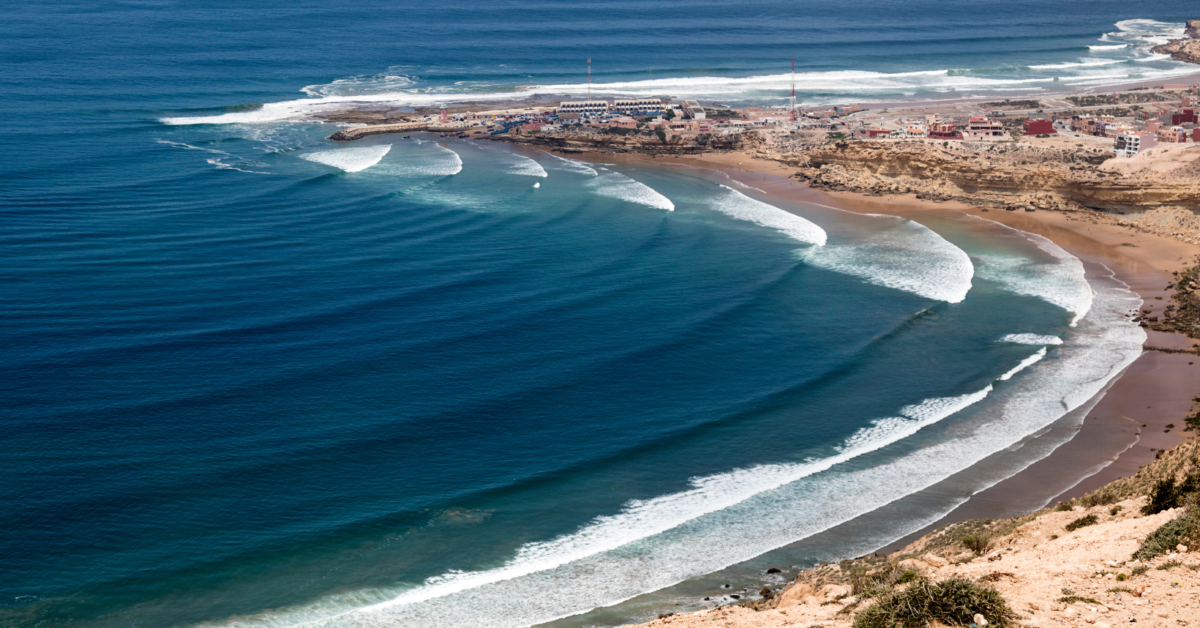How do we prioritize our health through food? With seemingly endless options in grocery aisles, fad diets, TikTok trends, and other miscellaneous health advice bombarding us through media, it becomes extremely difficult to discern what we should be eating in order to properly nourish our bodies.
This week on the Second Breakfast Podcast with Surf With Amigas we got a chance to chat with Lisa Hoopes, a registered dietician who availed us with a cornucopia of nutrition and health facts. What follows below is but a sliver of her wisdom, but still 4 surprising and useful facts we gleaned from her chat. That being said, please keep in mind, we all have different bodies and preferences, so take any nutrition advice with a grain of salt! These pointers are catered to those who are interested in boosting their metabolic health and straying from processed foods.

1. Avoid the “hateful 8 seed oils”
Once you start recognizing these 8 oils, you cannot stop. Be it sunflower, soybean, safflower, canola (rapeseed), peanut, palm kernel, corn, or cottonseed oil, these oils have a slippery tendency to hide themselves in most processed food items, even those advertised as “healthy,” like organic crackers or power bars. These seed oils are highly processed, and contain high levels of omega-6 fatty acids, which can cause inflammation when consumed in large amounts over time. Lisa recommends to instead use more avocado, olive, or coconut oil. In our Second Breakfast podcast episode with Lisa, she explains a bit more about the origin of the seed oils into our diets:
“The kind of low fat, fat makes you fat phase that went on in the 80s, really was the introduction of seed oils coming into so many of our foods. And the reason for this is this narrative of fat makes you fat. They took out a lot of the natural really good fats, the saturated fats, the monounsaturated fats from products like dairy. So, full fat milk went to skim milk. Yogurt, full yogurt ,went to 0% fat yogurt. But it was the type of fat that changed in those products. They inserted these chemically altered polyunsaturated fatty acids from seed oils, and those seed oils are really damaging to our mitochondria, leading to major inflammation in our body.”
2. Alternative milks aren’t as good for us as we believe
When buying alternative milks, take note of added ingredients. To bolster consistency and flavor, oftentimes vegetable/seed oils, sugars and gums are added. Not only can some of these ingredients interfere with metabolic health (as described above), but some (I’m looking at you, too oat milk) are directly processed as sugar in the body, meaning you’ll also receive a large blood sugar spike with your hot beverage of choice in the morning.
If you do choose to consume dairy (or hop back on the bandwagon), try
- Dairy from grass-fed/finished cows, sheep, and goats
- Full fat, local dairy products
- Raw dairy products from a trusted, healthy source
Lisa recommends to avoid consuming:
1. Skim, low fat or nonfat dairy products (beneficial nutrients can often be removed)
2. Dairy from conventionally raised cows, sheep, and goats (this means the animals have been raised on grain, in an indoor environment, and are generally unhealthy animals)
3. Pasteurized or homogenized dairy products

3. Try a 12 hour intermittent fast
Lisa’s third recommendation, with the exception of those who are pregnant or have a serious health condition, is practicing a 12 hour fast, which most everyone can do. An intermittent fast is a period of time when we are not eating, and so we don’t have nutrients coming in from food and beverages. Lisa explains, “12 hours is kind of a sweet spot to start at, because it gives our body and our metabolism enough time to go from digesting everything to saying, hey, what else can I do in here to heal the body? What else can I do to clear up some inflammation? Also, at the 12 hour mark the body typically runs out of immediate energy to convert to ATP. So at this stage you’re able to access your stored energy as body fat, and your metabolism is working really well.” This kind of intermittent fasting can be used as a tool to help keep your body in a state of homeostasis. Also, this tip is incredibly easy to implement if we do it while we’re sleeping! 12 hours might seem like a long time to go without eating, but most of us are already doing this without even being aware of it. Longer fasts can be used to target additional healing benefits.
4. Your Indulgent Snacks May Not Be as Bad For You as You Think
After reading the previous facts, you may, like I did, have your head in your hands wondering how you could possibly make the right nutrition decisions. But don’t worry, it’s not all bad! If you do want to keep eating your crunchy, guilty pleasure snacks, you can still give yourself the green light to do so, within reason. If you choose to eat processed foods, turn that package over before buying and read the ingredients list. There are plenty of chips and other yummy snacks that don’t contain harmful seed oils!
To learn more about all things surf + health, check out the SWA Collective platform, or listen to the Second Breakfast podcast episode with Lisa here!



